
Back in the 1850s, the game of Munro-bagging hadn't been invented – though it was understood that if the 3000-footers were ever listed, there might be 50 of them or even more. Going up Scottish mountains for fun was an activity for a handful of eccentric blokes in tweedy breeches. Plus one ground-breaking woman. Between 1848 and 1861, Viccy Wettin summited nine Munros, including the first recorded ascent of Carn a' Chlamain above Glen Tilt. She also pioneered the sport of pony-trekking, with four long expeditions through the glens of the Cairngorms.
When it comes to forging a self-invented lifestyle through the forests and tops of the Cairngorms – there is one thing that makes it a bit easier. Being Queen of Great Britain and Empress of India. Okay, it may be a bit of a stretch to hail Queen Victoria as a feminist icon. She was, after all, a devoted wife, and most of this outdoor stuff was actually Albert's idea.
But in her Leaves From the Journal of Our Life in the Highlands she does score top marks for enthusiasm: and also for another quality essential to all Scottish mountain goers: The ability to enjoy stuff that isn't – actually – all that enjoyable. In the words of one early reader, "[Her Majesty's] willingness to be pleased, on which so much of the enjoyment of any tour depends." Just one example: few of us have had a bothy night with the added misery of bagpipe music all through the suppertime… followed by bagpipes for breakfast as well. "We have both become quite fond of the bagpipes," writes Queen Vic.
Like any Royal of today, Queen Victoria's popularity went up and down. Up a bit at every assassination attempt – there were three of four of those. Down quite a lot during her long self-isolation after the death of Prince Albert, along with the scurrilous interest in her later relationship with her ghillie, John Brown.
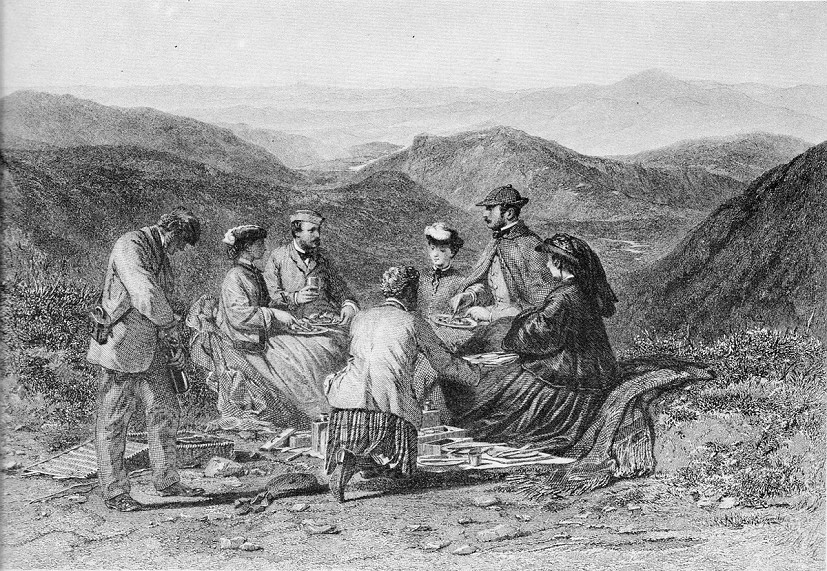
Her Journal was just that, a personal diary not intended as a coup in PR terms. An obsequious courtier, a helpful chap called Mr Helps, persuaded her to have it published. It came out to mixed reviews. "Such bad vulgar English! So miserably futile and trivial! So dull and uninteresting!" – this from the Duchess of Cambridge. "It is such twaddle. And dear Mama doesn't mention my name in it, not even once…" said Bertie, the Prince of Wales. But the Queen's subjects loved it, and she earned £30,000 in royalties. That's something like £12 million in today's money, making her the JK Rowling of the late 19th Century. Well maybe not JK, but perhaps the Ian Rankin or the Alexander McCall Smith. As well as one of the top outdoor writers of all time.
The pony treks along Glen Avon, Glen Tilt and Glen Feshie were interrupted by a salmon-stabbing stunt on the River Dee, cairn-building on the wooded slopes above Balmoral, high altitude picnics, and inventing the fairly modern form of the Highland Games. Meanwhile the equally enthusiastic Albert was taking pot-shots at stags out of the castle windows (he usually missed).
The finest Munro-tally, three in one day, came on Wed 16th Oct 1861 above Loch Callater. It was a cloudless morning with a sharp frost, "the mountains were beautifully lit up, with those very blue shades upon them, like the bloom on a plum." After a carriage drive along the rough road into Glen Callater, the ponies were ready at the loch. The Queen riding on 'Fyvie', they took the easy slope up the west side – today it's a grouse-shooters' track almost all the way to Carn an Tuirc. From Cairn of Claise they enjoyed views south as far as the Lomonds of Fife, before picnicking on the brink of Caenlochan glen. "A very precipitous place, which made one dread anyone moving backwards." Victoria got out her sketch-book and Albert wrote a message in a bottle to bury among the pebbles.
On the way back even the ladies dismounted to work their way around the bogs. They took in Glas Maol, before descending northwest on the old Monega Road over Sron na Gaoithe to the old military road, now the A93 north of the ski area. "It was even more beautiful; for, as the day advanced, the mountains became clearer and clearer, of a lovely blue, while the valleys were in shadow." On the final steep descent she dismounted again, and slipped down twice on the wet grass. In the valley below, Albert almost bagged a stag, but missed as usual.
It was their last serious outing in the hills. Three months later, Prince Albert was dead of typhoid fever.
The Journal is quite important in a social studies sort of way. It marks the birth of today's respectable, image conscious monarchy: the first step in a process that eventually becomes Prince Harry talking to Oprah Winfrey on live TV. It has quite a bit to say about the life – and not just aristocratic life – of Victorian Deeside. But most of all, it's a charming and un-selfconscious account of some jolly nice days in the hills, a century and a half ago.
- Mountain Literature Classics: Of Walking in Ice by Werner Herzog 15 Feb
- Mountain Literature Classics: South Col by Wilfrid Noyce 9 Jan
- My Favourite Map: Geology Plus Glaciers 11 Dec, 2023
- Mountain Literature Classics: Free Solo with Alex Honnold 29 Nov, 2023
- Mountain Literature Classics: That Untravelled World by Eric Shipton 3 Aug, 2023
- Mountain Literature Classics: Sir Gawain and the Green Knight 4 May, 2023
- Mountain Literature Classics: Menlove 9 Mar, 2023
- Mini Guide: The Cheviots 27 Feb, 2023
- Mountain Literature Classics: Basho - Narrow Road to the Deep North 12 Jan, 2023
- Mountain Literature Classics: Conquistadors of the Useless by Lionel Terray 17 Nov, 2022



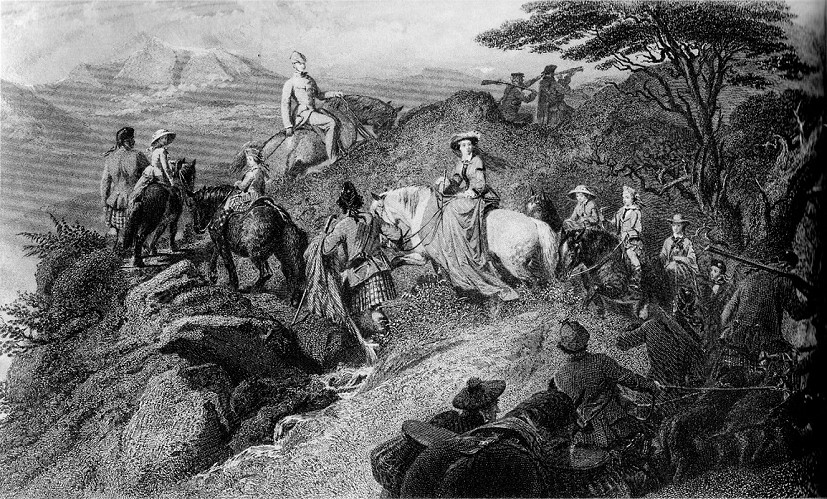
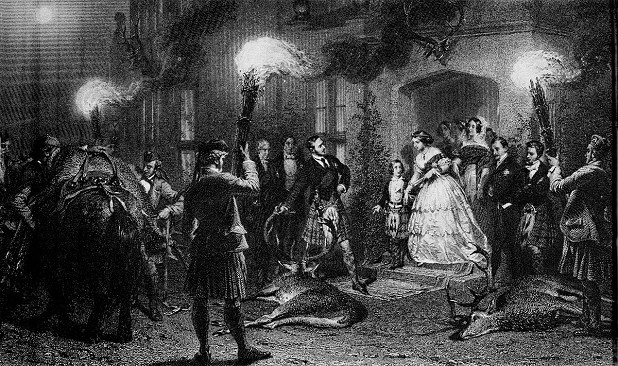



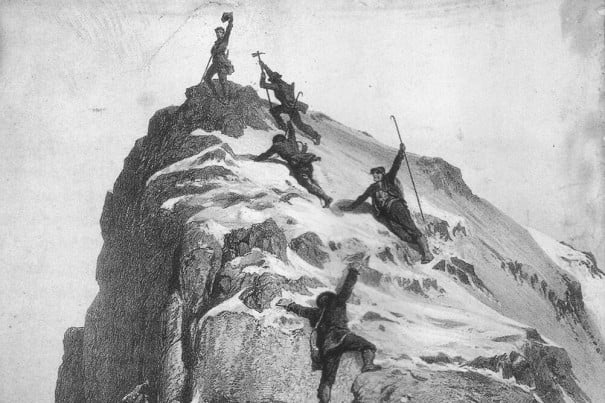

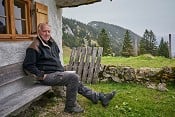
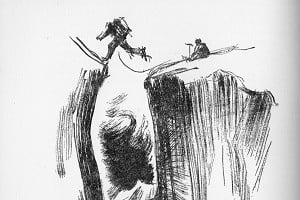



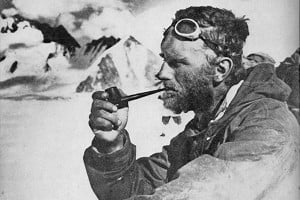

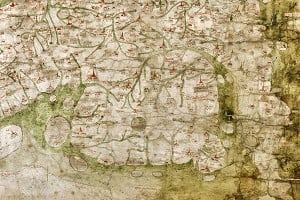
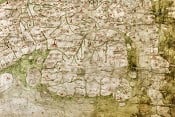

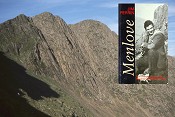
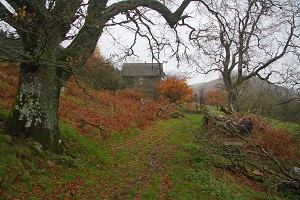
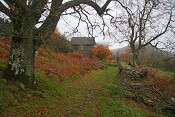
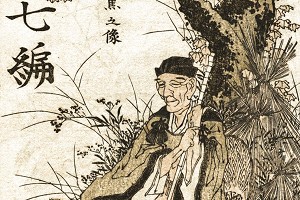
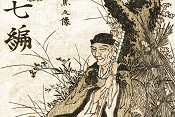
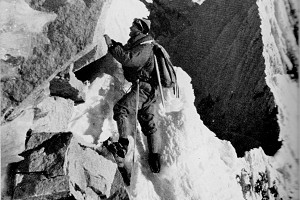
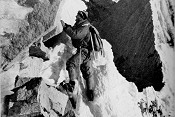
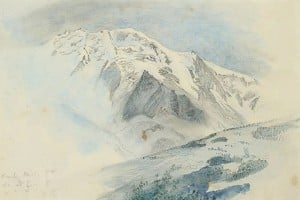
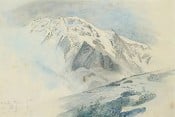
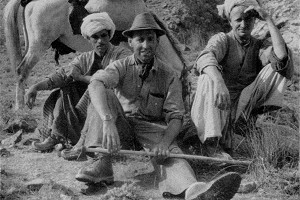
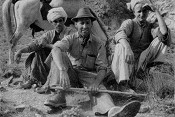
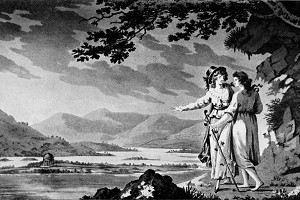
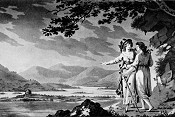
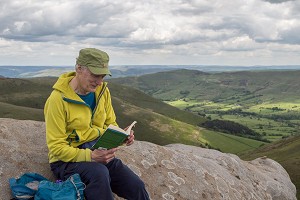
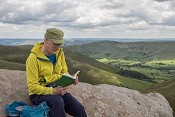
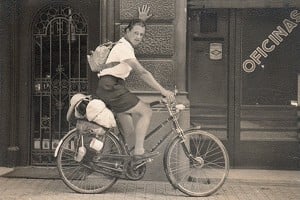
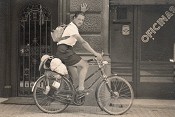
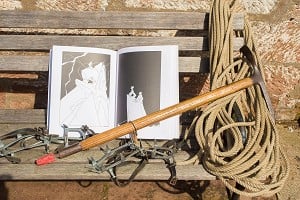

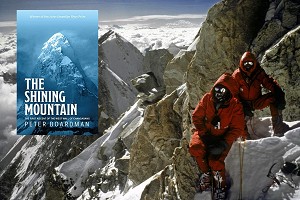

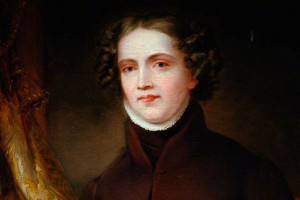
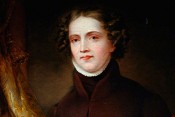
Comments